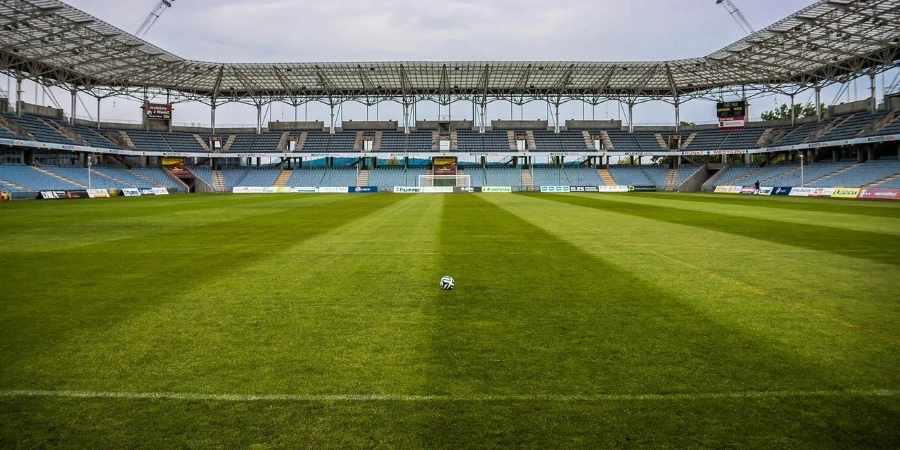Grass pitches have long been the foundation of various sports, from football to cricket. As the sports industry evolves, so does the demand for high-quality grass pitches. This article delves into the current market trends, key players, and regional insights that shape the grass pitch industry.
Table of Contents:
Market Overview
Innovative Materials for Grass Pitches
Design and Functionality
Safety and Comfort
Durability and Quality
Conclusion
Market Overview
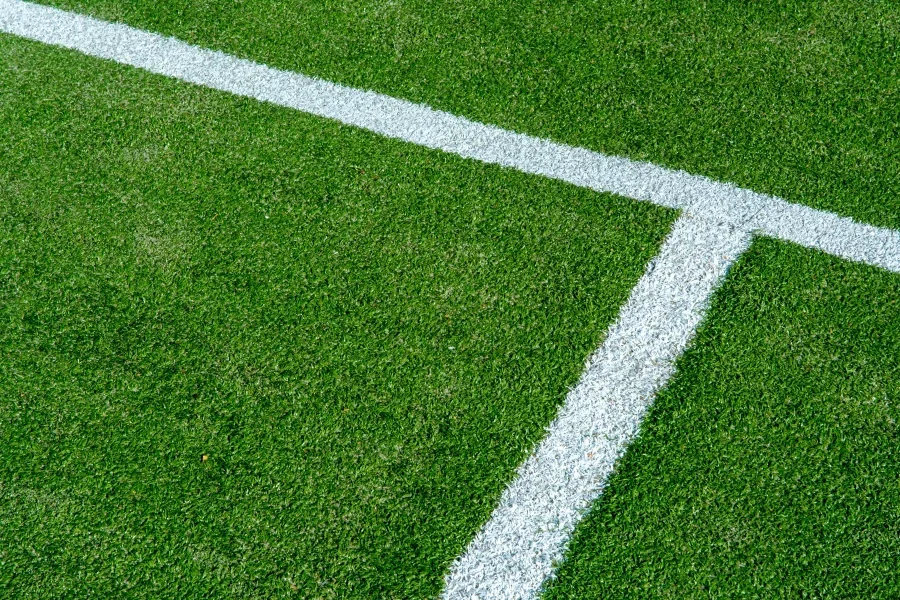
Current Demand and Growth
The demand for grass pitches is on the rise, driven by the increasing popularity of sports and outdoor activities. According to a report by Statista, the global sports market is expected to grow from $471 billion in 2020 to $707 billion by 2026, with a significant portion of this growth attributed to the construction and maintenance of sports facilities, including grass pitches.
The grass pitch market is also benefiting from technological advancements and innovations in turf management. The introduction of hybrid grass systems, which combine natural grass with synthetic fibers, has revolutionized the industry by offering enhanced durability and performance. These systems are particularly popular in football stadiums, where the demand for high-quality playing surfaces is paramount.
Key Players and Competitors
The grass pitch market is highly competitive, with several key players dominating the industry. Companies such as FieldTurf, GreenFields, and Desso Sports Systems are leading the way in providing innovative grass solutions for sports facilities worldwide.
FieldTurf, a subsidiary of Tarkett Sports, is renowned for its high-performance synthetic turf systems. The company has installed over 20,000 fields globally, including prestigious venues such as the New England Patriots’ Gillette Stadium and the Seattle Seahawks’ CenturyLink Field.
GreenFields, part of the TenCate Grass Group, specializes in the development and installation of both natural and synthetic grass systems. The company’s patented woven technology ensures superior durability and performance, making it a preferred choice for many professional sports teams.
Desso Sports Systems, a subsidiary of Tarkett, is another major player in the grass pitch market. The company is known for its Desso GrassMaster system, which combines natural grass with artificial fibers to create a robust and resilient playing surface. This system has been installed in numerous high-profile stadiums, including Wembley Stadium in London and the Allianz Arena in Munich.
Regional Market Insights
The grass pitch market exhibits significant regional variations, with different regions showing distinct preferences and trends. In Europe, for instance, there is a strong emphasis on maintaining natural grass pitches, particularly in countries with a rich football heritage such as the United Kingdom, Germany, and Spain. According to a report by Research and Markets, the European football shoes market is expected to grow by USD 2.18 billion during 2023-2028, indicating a robust demand for high-quality playing surfaces.
In North America, the trend is shifting towards synthetic turf systems, driven by the need for low-maintenance and durable solutions. The United States and Canada are leading the adoption of synthetic grass pitches, with many schools, colleges, and professional sports teams opting for these systems to reduce maintenance costs and ensure consistent playing conditions.
Asia-Pacific is emerging as a key growth region for the grass pitch market, fueled by the increasing popularity of sports such as football, cricket, and rugby. Countries like China, India, and Japan are investing heavily in sports infrastructure, including the construction of new stadiums and training facilities. According to a report by WGSN, the table tennis footwear market in Asia is expected to grow at a CAGR of 5.95%, reaching USD 4.54 billion by 2030, highlighting the region’s growing interest in sports and outdoor activities.
Innovative Materials for Grass Pitches
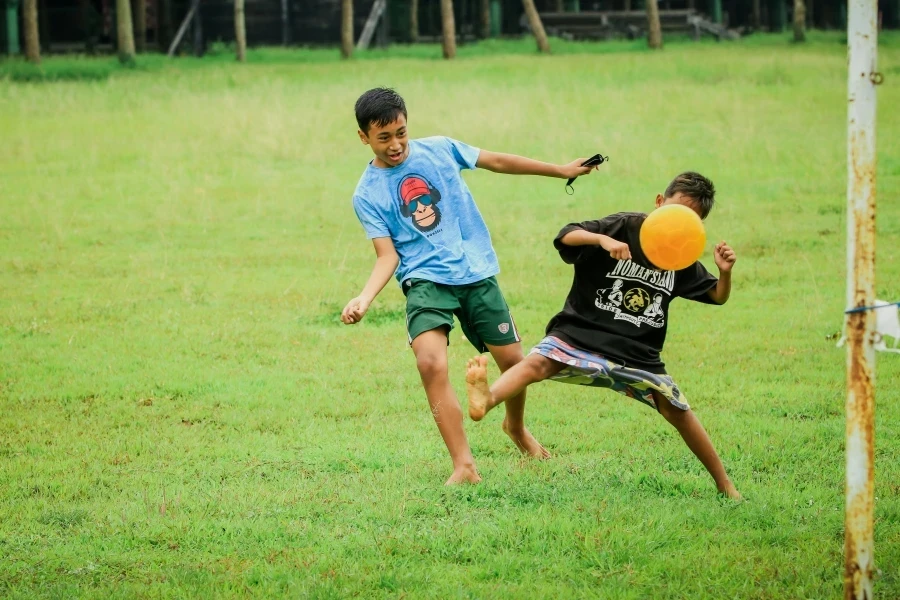
Synthetic vs. Natural Grass
The debate between synthetic and natural grass pitches has been ongoing for years, with each option presenting its own set of advantages and challenges. Natural grass pitches are often preferred for their aesthetic appeal and the traditional playing experience they offer. They provide a softer surface, which can be gentler on players’ joints and reduce the risk of certain injuries. However, maintaining natural grass can be labor-intensive and costly, requiring regular watering, mowing, and treatment for pests and diseases.
On the other hand, synthetic grass pitches have gained popularity due to their durability and lower maintenance requirements. These pitches can withstand heavy use and adverse weather conditions, making them ideal for high-traffic areas and regions with extreme climates. According to a professional report, the global market for synthetic turf is expected to grow significantly, driven by advancements in materials and technology that enhance the performance and longevity of artificial grass.
Eco-friendly and Sustainable Options
As environmental concerns become increasingly important, the sports industry is exploring eco-friendly and sustainable options for grass pitches. One approach is the use of organic fertilizers and pest control methods to reduce the environmental impact of maintaining natural grass. Additionally, some companies are developing biodegradable synthetic turf made from renewable resources, which can be recycled at the end of its life cycle.
Another innovative solution is the hybrid grass system, which combines natural grass with synthetic fibers. This system offers the best of both worlds: the natural look and feel of grass with the durability and resilience of synthetic materials. Hybrid pitches are designed to reduce water consumption and maintenance costs while providing a high-quality playing surface.
Advances in Grass Pitch Technology
Technological advancements are revolutionizing the way grass pitches are designed and maintained. One notable development is the use of precision agriculture techniques, such as soil sensors and drones, to monitor the health of the grass and optimize irrigation and fertilization. These technologies enable groundskeepers to make data-driven decisions, ensuring that the pitch remains in optimal condition throughout the year.
Another significant advancement is the development of advanced drainage systems that prevent waterlogging and ensure quick recovery after heavy rainfall. These systems use a combination of permeable materials and underground pipes to efficiently manage water flow, reducing the risk of pitch damage and improving playability.
Design and Functionality
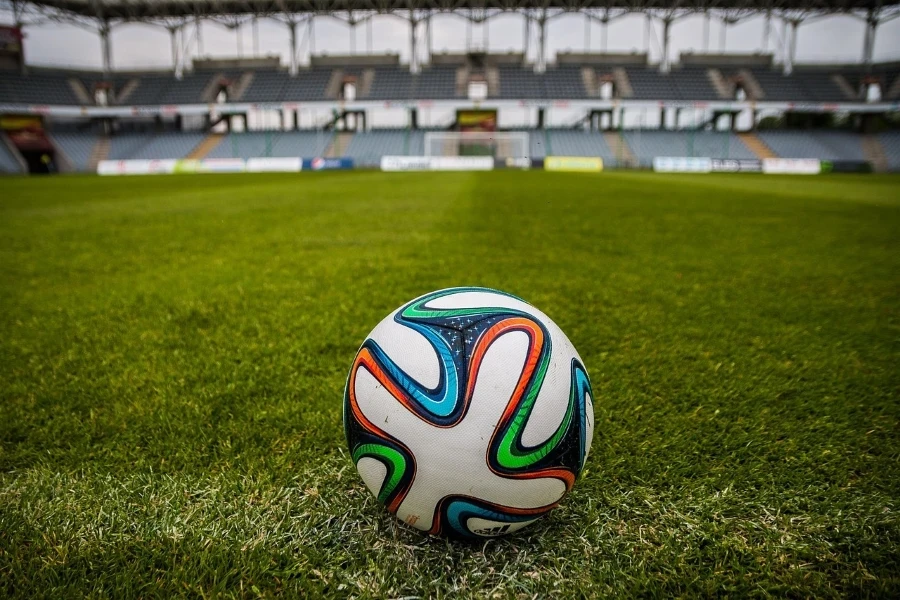
Optimal Layouts for Different Sports
The design and layout of a grass pitch can significantly impact its functionality and the overall playing experience. Different sports have unique requirements, and the pitch must be tailored to meet these needs. For example, a football pitch requires a large, rectangular field with specific dimensions, while a cricket pitch needs a central strip of grass with a well-maintained outfield.
According to industry standards, the layout should also consider factors such as player safety, spectator visibility, and ease of maintenance. Incorporating features like adjustable goalposts and modular seating can enhance the versatility of the pitch, allowing it to accommodate multiple sports and events.
Drainage and Irrigation Systems
Effective drainage and irrigation systems are crucial for maintaining the quality of a grass pitch. Poor drainage can lead to waterlogging, which can damage the grass and make the pitch unplayable. Conversely, inadequate irrigation can result in dry, patchy areas that affect the playing surface.
Modern drainage systems use a combination of surface and subsurface techniques to manage water flow. Surface drainage involves the use of slopes and channels to direct water away from the pitch, while subsurface drainage uses perforated pipes and gravel layers to remove excess water from the soil. These systems work together to ensure that the pitch remains dry and playable, even after heavy rainfall.
Irrigation systems have also evolved, with the introduction of smart technologies that optimize water usage. These systems use weather data and soil moisture sensors to determine the precise amount of water needed, reducing waste and ensuring that the grass receives adequate hydration.
Enhancing Player Performance
The design and maintenance of a grass pitch can have a significant impact on player performance. A well-maintained pitch provides a consistent playing surface, allowing players to perform at their best. Factors such as grass height, soil composition, and surface firmness can all influence the speed and accuracy of ball movement, as well as the risk of injury.
To enhance player performance, groundskeepers must regularly monitor and adjust these factors. This may involve aerating the soil to improve root growth, topdressing to level the surface, and using growth regulators to maintain optimal grass height. By paying attention to these details, groundskeepers can create a pitch that supports peak athletic performance.
Safety and Comfort
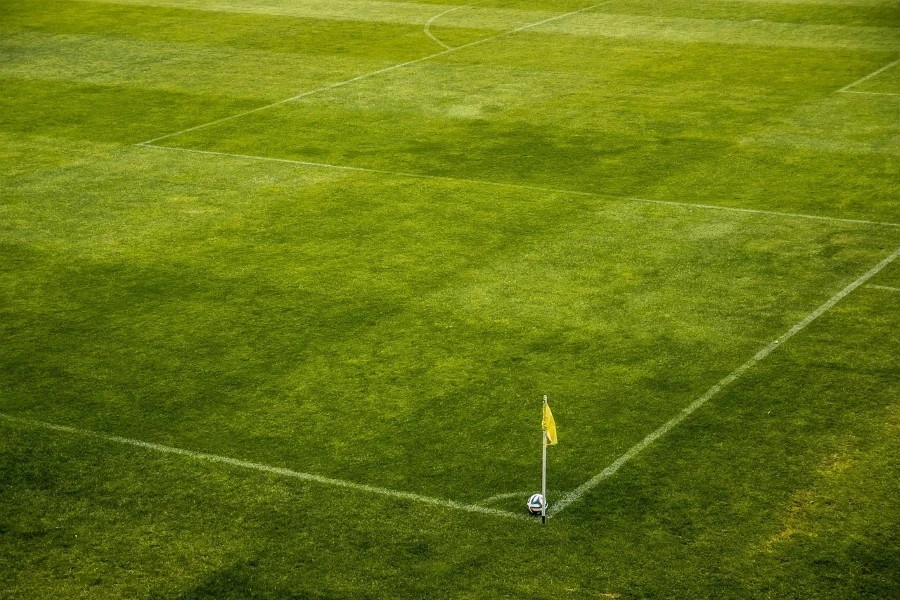
Injury Prevention Features
Player safety is a top priority in the design and maintenance of grass pitches. Injuries can occur due to uneven surfaces, hard ground, or poor grass quality. To prevent injuries, pitches must be regularly inspected and maintained to ensure a smooth, even surface. This includes filling in divots, repairing worn areas, and ensuring that the grass is healthy and resilient.
In addition to regular maintenance, the use of shock-absorbing materials can further enhance safety. For example, some pitches incorporate a layer of shock pads beneath the grass to reduce the impact of falls and collisions. These pads are made from materials such as rubber or foam and can significantly reduce the risk of injuries.
Maintenance and Upkeep
Maintaining a grass pitch requires a comprehensive and proactive approach. Regular mowing, watering, and fertilizing are essential to keep the grass healthy and vibrant. Groundskeepers must also monitor for pests and diseases, using environmentally friendly treatments to address any issues.
In addition to routine maintenance, periodic renovations may be necessary to address more significant issues. This can include re-seeding, aerating, and topdressing to improve soil structure and grass growth. By staying on top of maintenance tasks, groundskeepers can ensure that the pitch remains in top condition year-round.
User Experience and Comfort
The comfort and experience of players and spectators are important considerations in the design of a grass pitch. For players, this means providing a high-quality playing surface that supports their performance and reduces the risk of injury. For spectators, it means ensuring good visibility, comfortable seating, and easy access to facilities.
To enhance the user experience, pitches can be designed with features such as shaded seating areas, accessible pathways, and modern amenities. These elements contribute to a positive experience for everyone involved, from players to fans.
Durability and Quality
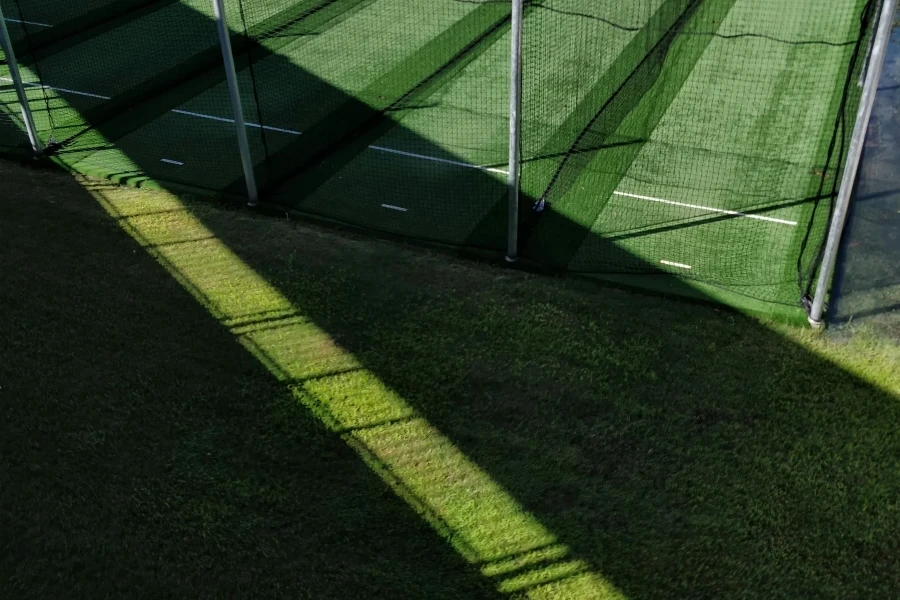
Longevity of Different Grass Types
The longevity of a grass pitch depends on the type of grass used and the maintenance practices in place. Different grass species have varying levels of durability, with some better suited to high-traffic areas and others more resilient to extreme weather conditions. For example, Bermuda grass is known for its durability and ability to recover quickly from wear, making it a popular choice for sports pitches.
Regular maintenance practices, such as aeration, topdressing, and overseeding, can also extend the life of a grass pitch. By addressing issues promptly and maintaining optimal growing conditions, groundskeepers can ensure that the pitch remains in good condition for many years.
Weather Resistance
Weather conditions can have a significant impact on the quality and playability of a grass pitch. Extreme temperatures, heavy rainfall, and prolonged drought can all take a toll on the grass. To mitigate these effects, pitches must be designed with weather resistance in mind.
This can include selecting grass species that are well-suited to the local climate, using advanced irrigation and drainage systems, and incorporating protective measures such as frost covers or shade structures. By taking these steps, groundskeepers can ensure that the pitch remains playable in a variety of weather conditions.
Quality Assurance and Standards
Ensuring the quality of a grass pitch requires adherence to industry standards and best practices. This includes regular inspections, soil testing, and monitoring of grass health. Groundskeepers must also stay up-to-date with the latest advancements in turf management and incorporate new techniques and technologies as needed.
Quality assurance programs, such as those offered by professional sports organizations, can provide valuable guidance and support. These programs often include certification processes, training opportunities, and access to resources that help groundskeepers maintain high standards of pitch quality.
Conclusion
The future of grass pitches lies in the continued innovation and adoption of advanced materials, technologies, and sustainable practices. By embracing these advancements, the sports industry can create high-quality, durable, and environmentally friendly pitches that enhance player performance and provide a positive experience for all users. As the demand for top-notch sports facilities grows, the focus on innovation and sustainability will be key to meeting the needs of athletes and fans alike.
